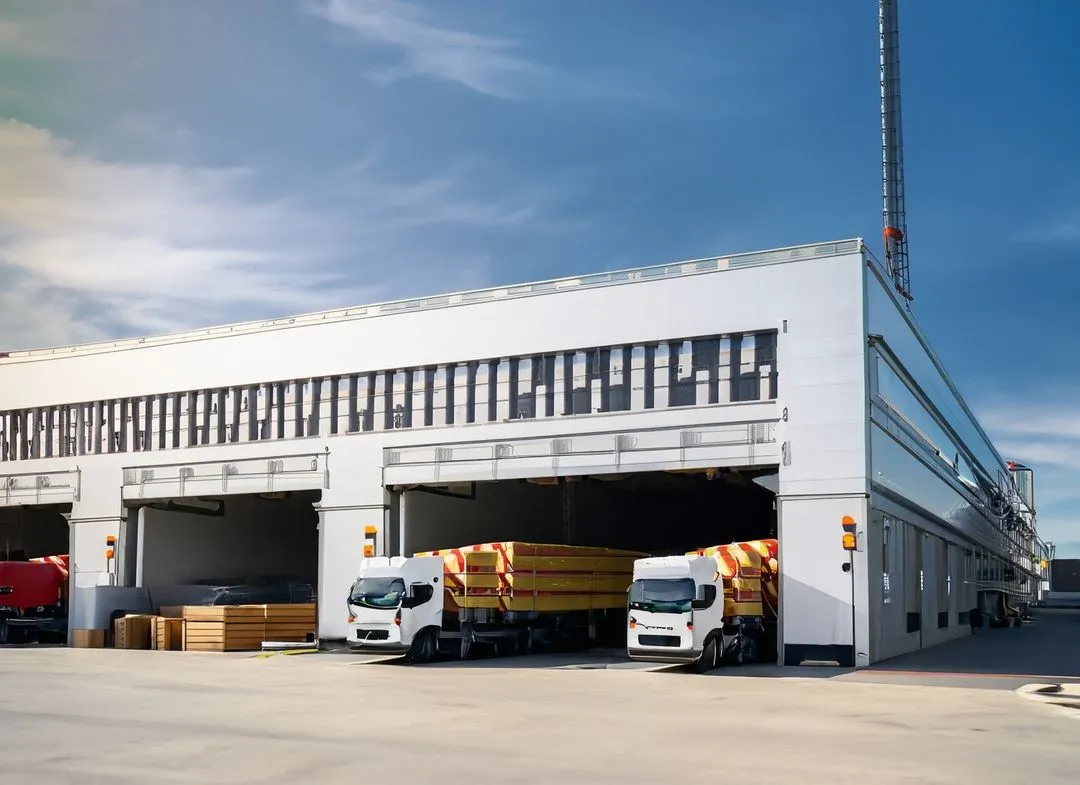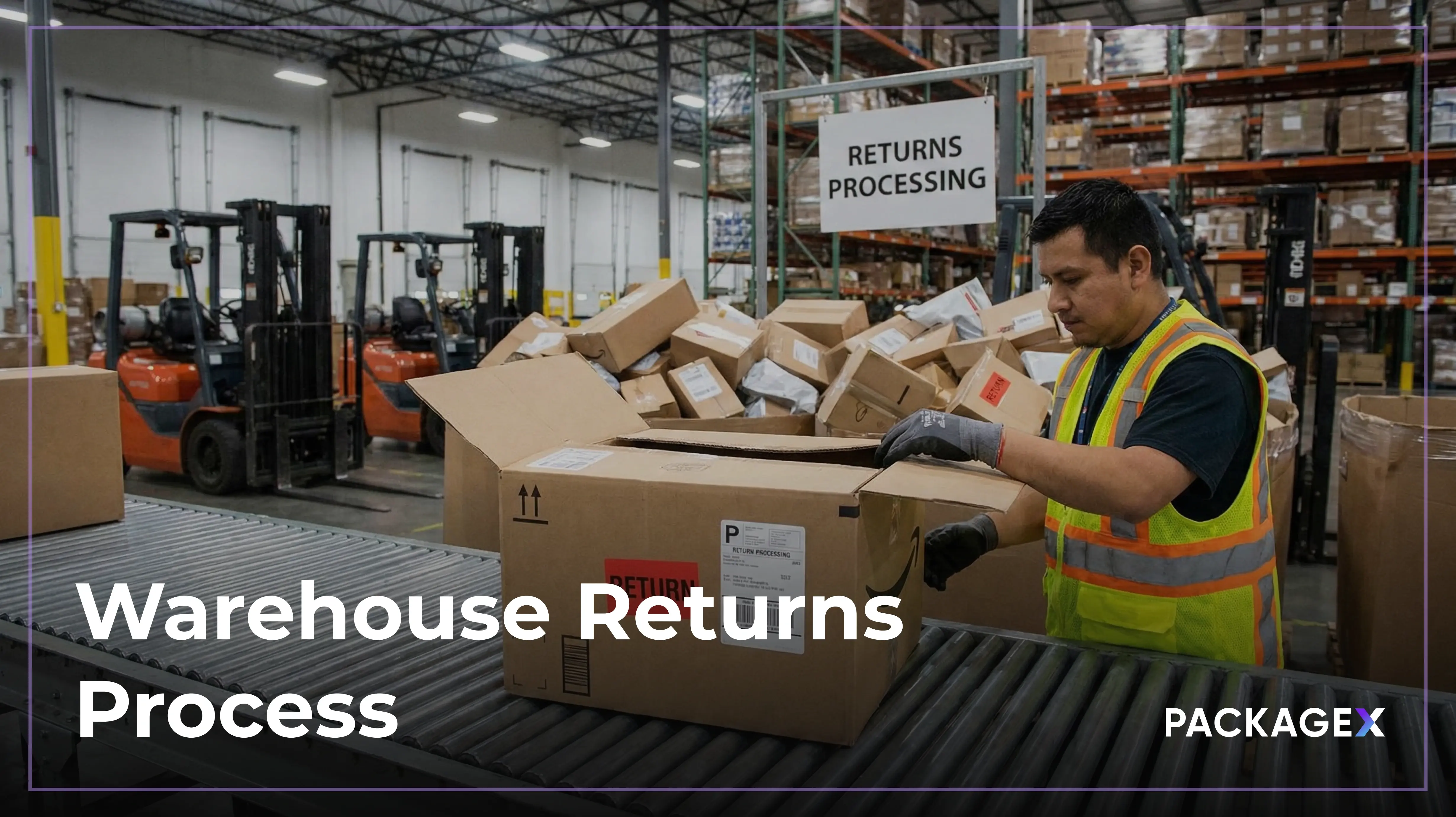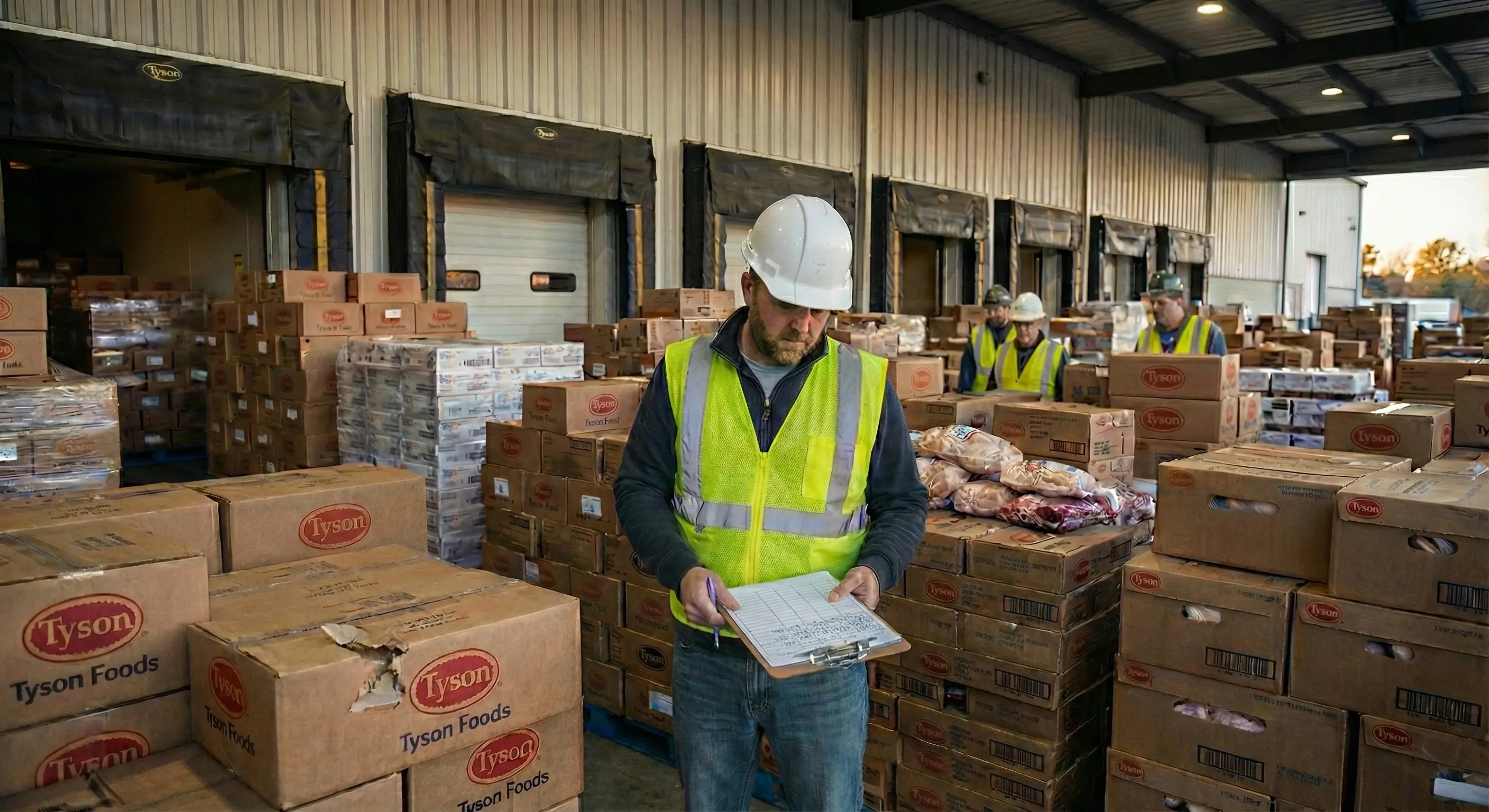In an era where instant gratification is not just desired but expected, the role of distribution centers has become pivotal in ensuring a seamless supply chain. The rise of ecommerce has further amplified the importance of these hubs, necessitating a deep dive into their functionalities, technologies, and operations to comprehend how they manage to meet escalating consumer demands.
What is a Distribution Center?
A distribution center is a principal node bridging the gap between a retailer and its shoppers. It is a strategic point in the supply chain where goods are received, stored, and dispatched, ensuring that the right products reach the right shoppers at the right time. The essence of a distribution center lies in its ability to streamline logistics, manage inventory, and facilitate swift and efficient order fulfillment.
Core Functions of a Distribution Center
The core functions of a distribution center include:
What is a Distribution Warehouse?
A "distribution warehouse" is a term that blends the concepts of a distribution center and a warehouse, embodying elements of both facilities. It's a logistics hub that stores products and also plays a role in distributing those products to retailers, wholesalers, or directly to consumers. The term reflects the evolving nature of logistics facilities in adapting to the demands of modern supply chains, especially in the context of ecommerce.
What is the Difference Between a Warehouse and a Distribution Center?
The lines between warehouses and distribution centers have blurred over the years, especially with many warehouses now offering fulfillment services. However, there are still distinct differences between the two in terms of their primary functions, operations, and strategic roles within the supply chain. Here's a breakdown:
Technologies Used in Distribution Centers
Distribution centers utilize various technologies to enhance efficiency, accuracy, and speed in their operations. Here are some of the key technologies employed:
- Warehouse Management System (WMS): Software that assists in managing inventory, orders, and data within the center.
- Automated Storage and Retrieval System (AS/RS): Automated systems that store and retrieve items, enhancing speed and efficiency.
- Robotics and Automation: Robots and automated systems that assist in picking, packing, and moving goods.
- IoT and Smart Technologies: Devices and technologies that facilitate real-time tracking, data analytics, and intelligent decision-making.
Distribution Center FAQs
How big are distribution centers?
The size of distribution centers can vary widely based on the needs of the businesses they serve, ranging from smaller, localized hubs to massive centers exceeding a million square feet.
What is the difference between a distribution center and a fulfillment center?
While both manage inventory and order processing, distribution centers often handle bulk shipments to retailers, while fulfillment centers typically manage ecommerce order fulfillment, dealing with individual customer orders.
How long does a package stay at a distribution center?
A ready-to-be-shipped package should remain in a distribution center for a shorter period. Typically, if orders are placed before a set time, like noon, most distribution centers have the capability to dispatch packages on the same day when carriers arrive for collection.
{{returns-webinar}}
Modernize Your Distribution Center with PackageX
PackageX's Logistics Cloud is a transformative solution designed to modernize distribution center operations. By seamlessly integrating with various technology stacks, it caters to the specific needs of 3PLs, retailers, suppliers, manufacturers, and more. Its innovative OCR API can turn any smartphone into an efficient label scanner, capturing all details from text to barcodes and QR codes, thereby enhancing inbound logistics. PackageX provides customizable workflows within the distribution center to optimize sorting, storage, and order fulfillment processes.
For outbound logistics, its advanced APIs automatically pinpoint the most economical shipping rates, streamline dispatch planning, and continuously track packages until their successful delivery. In essence, PackageX stands as a pivotal tool for distribution centers seeking streamlined operations and modern efficiency.




